Introduction of BreadPi
BreadPi is basically a HAT designed specifically for Raspberry Pi by SB Components. It is designed keeping in mind the common hardware interfacing problems that every beginner and experienced face. It is designed for beginners as well as professionals for hardware testing and development. Now, you would think what the use of this HAT is, if we have breadboard already in the market for the testing purpose. Go through this article and you’ll be able to find the answer.
Let’s have a look at its feature:

Features of BreadPi:
- 8-bit Analog Read/Write.
- 5 and 3v3 tolerant GPIOs.
- Breadboard for temporary prototyping.
- Easy GPIO pin access.
- Buzzer, LED, and Buttons for I/O operations.
- Easy access to power pins.
Applications of BreadPi:
- Analog to Digital Conversion.
- Digital to Analog Conversion.
- IoT.
- Training and Development.
This shield provides digital and analog I/O functionalities with a breadboard to add hardware connections for testing, learning, and training purposes.
Hardware:
BreadPi is an easily stackable HAT. The dimensions of the HAT are 65mm x 56 mm. BreadPi covers the Raspberry pi from the top giving access to all the ports except GPIO header. Almost all the GPIOs can be accessed through the BreadPi.
Pinout:
Note: The other pins are connected with the indicated pin number/name.
Six sections of the BreadPi-
- Digital I/O,
- Analog I/O,
- Power Pins,
- GPIO Pins,
- Serial Communication Pins,
- Breadboard

All these sections provide 1 Buzzer, 4 LEDs, 2 tactical switches, 4 Analog input, 1 Analog output, 3 x (ground, 3v3, and 5v) power pins, 4 x (3v3, 5v) tolerant GPIO pins, and 8 serial communications pins for UART, I2C, and SPI.
For using BreadPi, stacking it over the Raspberry Pi and using its features from the program are necessary.
Stacking:
Before stacking BreadPi over the Raspberry Pi keep the power unplugged. The female headers of the BreadPi will head over to male headers on the Raspberry Pi.
Align BreadPi over the Raspberry pi such that both male and female headers are over each other and Raspberry Pi is covered with BreadPi and only USB ports and Ethernet ports are visible from the top.

Insert the BreadPi headers into the Raspberry Pi pins, if all the Raspberry Pi pins are covered give it a gentle push to make the connection tight. Now you can power up the Raspberry Pi.
Downloading and installation:
The resources for BreadPi are available in Python 3. However, you can choose any language to use BreadPi.
For getting started with BreadPi you can simply use any GPIO module available for Raspberry Pi. Use pip to install BreadPi, in terminal type-
pip3 install breadpi
Or
python3 -m pip install breadpi
The related example files can also be cloned to your Raspberry Pi, use git clone command. In terminal type-
git clone https://github.com/sbcshop/BreadPi.git
Once cloning is successful you can use the example codes and the library file breadpi.py
For your better understanding you can also watch this:
BreadPi can be used at training and development fields because of the versatility of the product. It can save you lots of time by making the wiring easy and stop you from destroying your Raspberry Pi or other components. The breadboard on the top of the hat and its ADC/DAC capabilities makes it a must to have board.
Hope you like the article..
Check our new product launched : BreadPi - Multipurpose HAT for Raspberry Pi
Also Check micro:bit Go : Micro Bit Starter kit

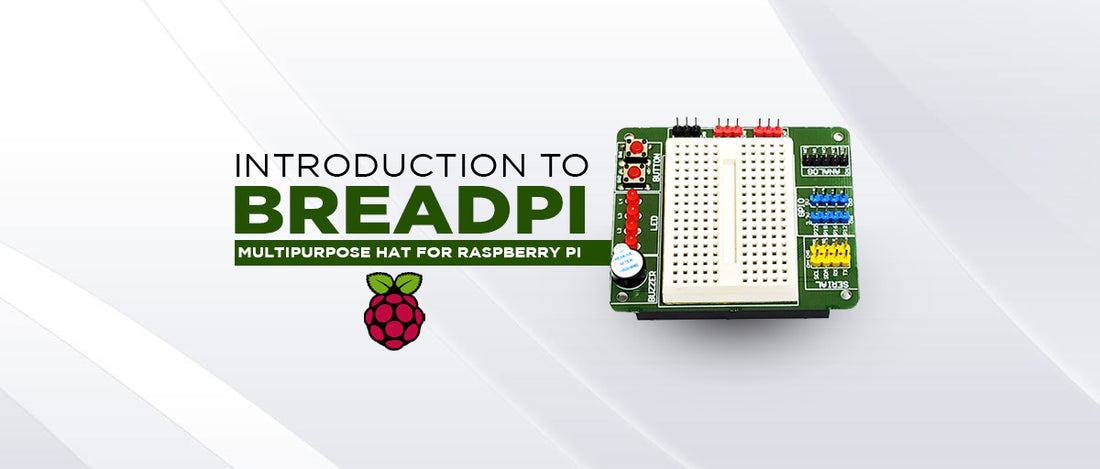

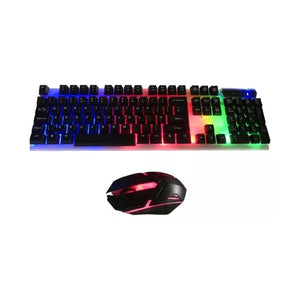

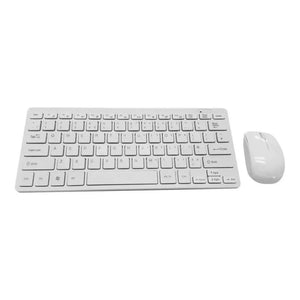
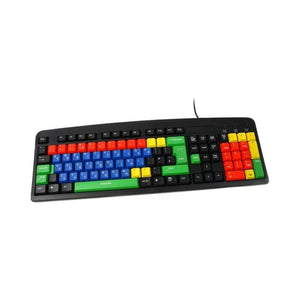
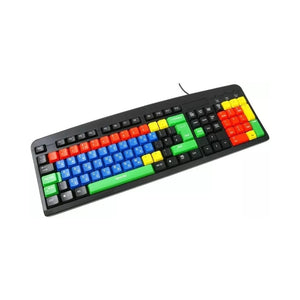
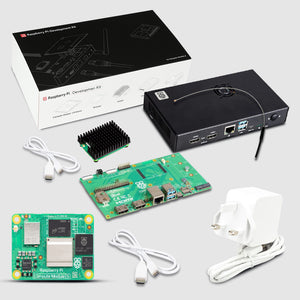
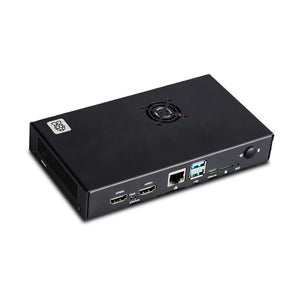
1 comment
Nigel MacLeod
Do you have any program examples using Java with Pi4J – I am not a fan of Python. The board looks good & I hope to put it to good use, then explore your other products.